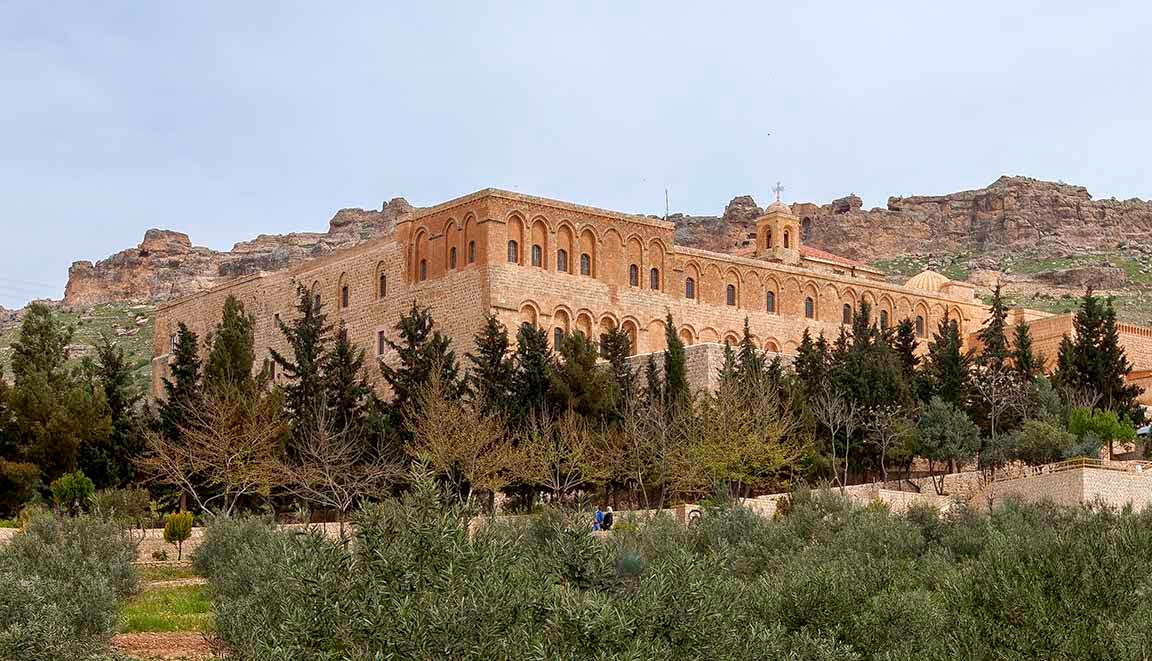Greece | Rhodes Island | Rhodes Old Town | Landmarks and Sights
Like most of the Greek islands Rhodes has numerous layers of history dating back several thousand years. The oldest visible layer dates to the pre-Christian Hellenistic period.
Ruins of Temple of Aphrodite, Goddess of Love, dating to probably third century B.C. (click on images for enlargements)
Starting around the fifth century the island became part of the Eastern Roman, or Byzantine, Empire. Islamic Arabs and Turks seized the island at various times, but the Byzantines were able to regain control and remained the dominant force on the island until the beginning of the fourteenth century, when the Knights Hospitaller took over.
Byzantine ruins
Ruins of the Byzantine Church of the Archangel Michael
Byzantine Church of Ag. Paraskevi
Byzantine Church of Ag. Spyridon
Detail of Byzantine Church of Ag. Spyridon
The Knights Hospitaller Period of Rhodes history began in 1308 and lasted to 1522.
Knights Hospitaller Era Church of the Holy Trinity. As you probably know, the Christian concept of the Holy Trinity—Father, Son, and Holy Ghost—was in large part formulated by Gregory of Nazianzus, a.k.a. Gregory the Theologian (c. 329–390), who once lived in the Cappadocian village of Güzelyurt, which I wandered through not long ago. Gregory of Nazianzus and St. Basil of Kayseri are also credited with laying the theological foundations of the Greek Orthodox Church.
Church of the Holy Trinity
Church of the Holy Trinity
Knights Hospitaller Era Church of St. Artemios
Ruins of the Church of Panagia tou Bourgou—Knights Hospitaller Era
Ruins of the Church of Panagia tou Bourgou— Knights Hospitaller Era
In 1522, after a long and protracted siege of the Walled City, the Ottoman Turks conquered Rhodes. It remained part of the Ottoman Empire until 1912 when it was seized by Italy during the Italo-Turkish War. Nazi Germany briefly controlled the town during World War II, but after the war, in 1947, the island became part of Greece.
Ottoman Era Suleiman Mosque
Ottoman Era Aga Mosque


Fort at the entrance to the harbor of Rhodes
Entrance to the harbor of Rhodes at dawn Street Scene. No private cars are allowed in the Old Town. Most streets are not wide enough for them anyhow.
Street Scene
Street Scene
Street Scene
Many of the streets are paved with sea pebbles.
You might think the uneven surface of sea-pebble paved streets and walkways would provide firm footing. Actually, centuries of use have worn the pebbles as smooth as glass and in the morning when they are wet with dew or after a rain they are quite treacherous to walk on.
Street Scene
Street Scene
In the summer Rhodes is one of party capitals of the Eastern Mediterranean, as hinted at by this graffiti on a park bench.
There are dozens, maybe hundreds, of bars, nightclubs, and discos in Rhodes Old Town, but most of them are closed in wintertime. This place remains open all night for local worshipers of Dionysus, the current God of choice in Rhodes. When I went out for coffee at six in the morning there were still gangs of local women hanging around out front. Most sported multiple body piercings and some were festooned with chains. At the Open/24/7 bakery where I breakfasted on coffee and chocolate croissants the baker on duty often offered me a complimentary shot of Ouzo from his personal bottle he kept behind the counter. He said it was the Greek way to start the day.



























